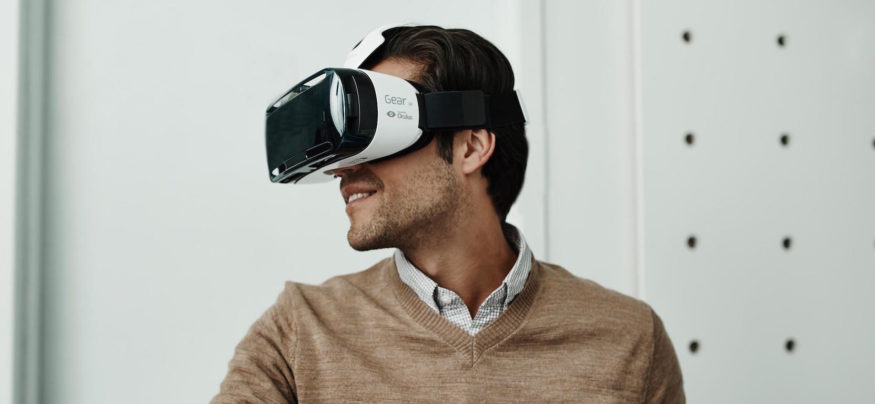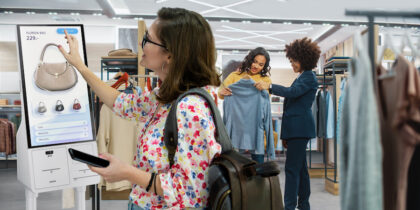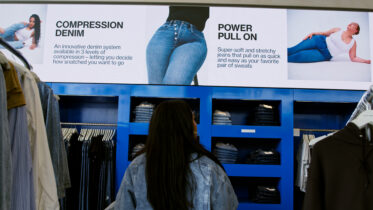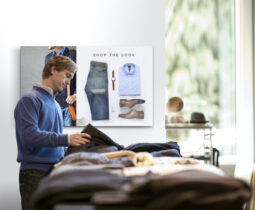Just as magic mirrors, beacons and even mobile payments once seemed futuristic, VR at retail stores has progressed from science fiction to the next disruptive retail computing platform. Retailers bent on distinguishing themselves with immersive, wow-factor customer experiences ― and enhancing store operations by requiring less space to merchandise more products ― are charging ahead with this revolutionary shopping technology.
In fact, virtual reality is now “an unavoidable topic in discussions about the intersection of retail and technology,” according to eMarketer. Retailers need to “start thinking about and preparing for virtual reality … sooner rather than later,” due to consumers’ expectations of new shopping experiences.
Goldman Sachs envisions VR retail software becoming a $500 million revenue opportunity by 2020, and ballooning to $1.6 billion by 2025. In its recent report, the company says VR is one of the technologies “retailers will have to invest in to serve their customers and keep ahead of their competition.” The investment firm notes that it is “less focused on the software revenue opportunity [than] the disruption potentially caused in the retail markets the technology can serve.”
Tommy Hilfiger, the first major retailer to adopt VR at retail stores, announced that VR is part of its vision “to exceed consumer expectations, inspire them, and offer retail experiences they never thought possible,” according to CEO Daniel Grieder.
How VR at Retail Stores Can Work for You
Shoppers equipped with a smartphone and a VR headset can fully immerse themselves in a cinematic virtual reality shopping environment. As they traverse store aisles and fixate on a product, more information about that item is delivered in panoramic 3D ― including related options such as cross-sells and up-sells not necessarily stocked in-store. Shoppers can learn more about how to use the product, which products it complements, how it might fit, where and how it was made, view demonstrations, conduct tests and then tap their headsets to place items in their virtual shopping carts.
As consumers interact with products and within shopping aisles, retailers can interpret shopping preferences and patterns to streamline their retail strategies. Retailers even can test displays and layouts, all in virtual reality, before physically building them out. New VR software and apps continue to create a multitude of capabilities and rewards. Many of these capabilities are demonstrated at Samsung 837, a digital lab and experience center unveiled in Manhattan in February 2016.
Retailers ready to infuse just a slice of today’s exciting, disruptive VR technology into their customer experiences can join Tommy Hilfiger in delivering “a compelling and interesting elevation of the traditional shopping experience.”
Learn more about Samsung’s vision for enhancing the retail experience on our solution page.







